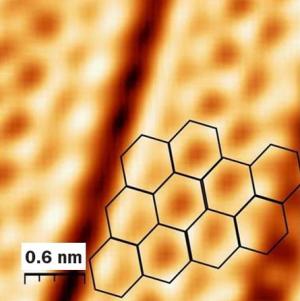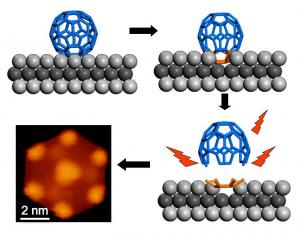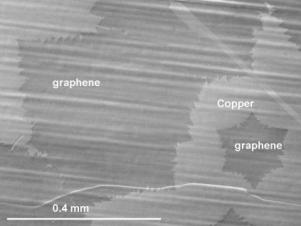GSAS to host a session on Graphene in Grenoble France
The global school for advance studies (GSAS) will host a session on Graphene on June 21-22 in the GIANT Innovation Campus in Grenoble, France. This session will create several teams of young researchers and challenge them to design a team project that will leverage their complementary strengths. Each team will have members from around the world and a balanced range of capabilities including materials synthesis, characterization, device design and fabrication, theory and measurement, etc.

The teams will receive project mentoring from leading graphene experts including Harry Kroto and Sumio Iijima. The most promising project will be implemented at CEA Laboratories on the GIANT innovation campus in January, 2012




